The Pennsylvania Historical and Museum Commission (PHMC) recently approved 37 new historical markers, making this one of the largest number of new markers in the program’s history.
Approval Criteria require that marker subjects have statewide and/or national and a substantial association with Pennsylvania. The Marker Program encourages broad distribution, so individuals and organizations from all 67 counties are encouraged to research their history and develop nominations for people, places, events, and innovations in their own area.
This year’s markers span a broad range of subjects, including art and music, literature, early American history, legal battles, industrial history, medical advancements, religious affiliations, social activism and civil rights, and sports legends.
New to the list of Pennsylvania Governors will be Richard L. Thornburgh (1932-2020), Rosslyn Farms Borough, Allegheny County.
Dick Thornburgh was the 41st Governor of Pennsylvania. As U.S. Attorney General, he played a leading role in the enactment of the Americans with Disability Act and the investigations in the Pan Am Flight 103 bombing, the Exxon Valdez oil spill, and Rodney King’s death. As Governor, he faced the nation’s worst nuclear accident (Three Mile Island) weeks after his inauguration in 1979.
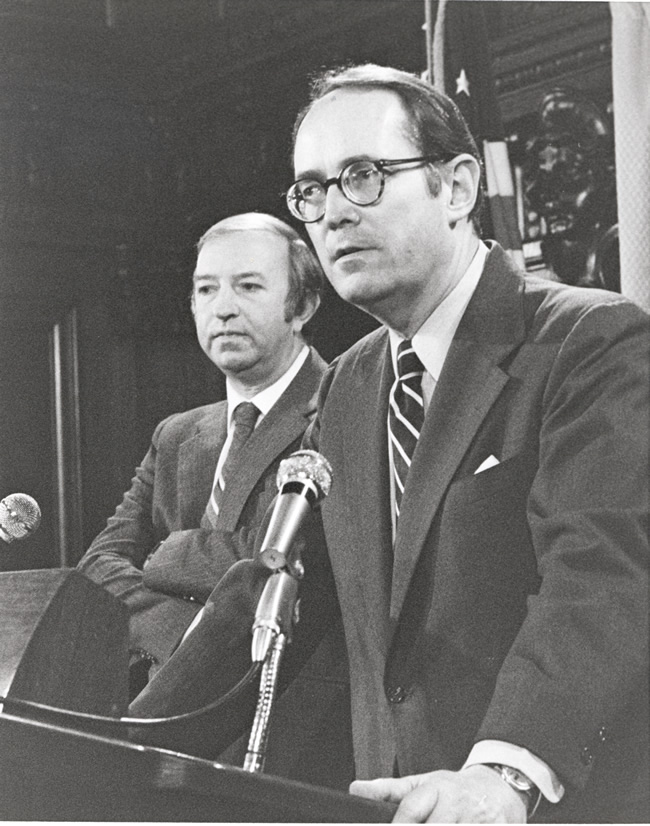
ARTISTS & ATHLETES
PHMC will celebrate 6 more artists, athletes, musicians, and writers.
- Allan P. Jaffe (1935–1987), Pottsville, Schuylkill County: An internationally renowned musician and entrepreneur, Jaffe is credited with revitalizing early American jazz. He was born in Pottsville and received his musical education there before attending Valley Forge Military Academy and the University of Pennsylvania. In 1961, he established Preservation Hall in New Orleans, LA, and played sousaphone for the Preservation Hall Jazz Band.
- Bob Babbitt (1937 – 2012), Philadelphia: Musicians Hall of Fame inductee is best known for his bass guitar work with the The Funk Brothers and other bands with Sigma Sound and Philadelphia International Records. Babbitt appeared on over 200 top 40 records and was a 3-time Grammy Award winner.
- Charles Brockden Brown (1771-1810), Philadelphia: Born into a Philadelphia Quaker family, Brown’s novels are all set in or around Philadelphia. They are the first literary descriptions of the city’s yellow fever plagues in the 1790s and Pennsylvania frontier violence against the Lenni Lenape. Brown’s tales of madness, social injustice, and mercantile deceit were a major inspiration for later Philadelphia gothic writers like George Lippard and Edgar Allan Poe. Also an editor and historian, he supported the abolition of slavery, and in 1798 published a defense of women’s equality.
- Edward Lee Morgan (1938-1972), Philadelphia: A jazz trumpeter, composer, activist, and mentor. While a student at Jules E. Mastbaum Area Vocational Technical High School in Philadelphia, Morgan attended workshops and jam sessions at Music City. He joined the Dizzy Gillespie Big Band, and later collaborated with John Coltrane, and Art Blakey and the Jazz Messengers. Morgan composed one of Blue Note Records’ best-selling albums, “The Sidewinder.”
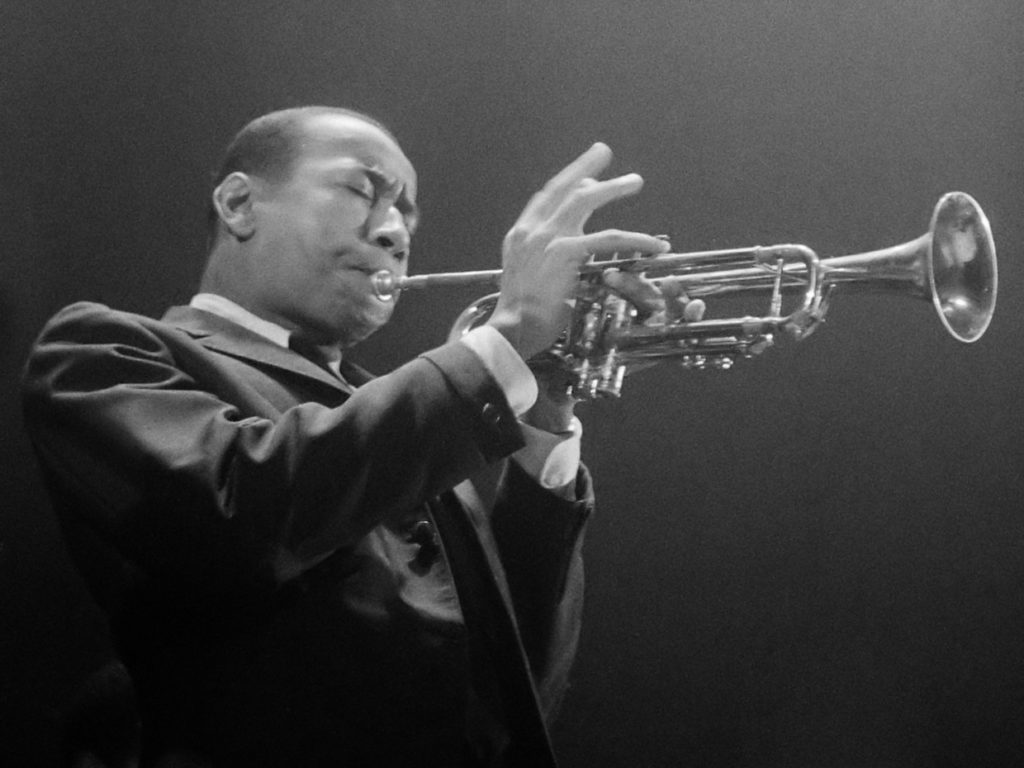
- Frances Tipton Hunter (1896–1957), Williamsport, Lycoming County: An American illustrator of the mid-20th century, Hunter contributed 18 covers to The Saturday Evening Post and was published in Ladies’ Home Journal, Good Housekeeping, Redbook and others. A proficient watercolorist, skillful at depicting children in art, she was also a popular calendar, paper doll and puzzle artist.
- Lewis Robert “Hack” Wilson (1900–1948), Ellwood City, Lawrence County: Hack Wilson was born in Ellwood City and was one of baseball’s greatest power hitters in the 1920s and 1930s. He played for the New York Giants, Chicago Cubs, Brooklyn Dodgers and Philadelphia Phillies. He was elected to the National Baseball Hall of Fame in 1979.
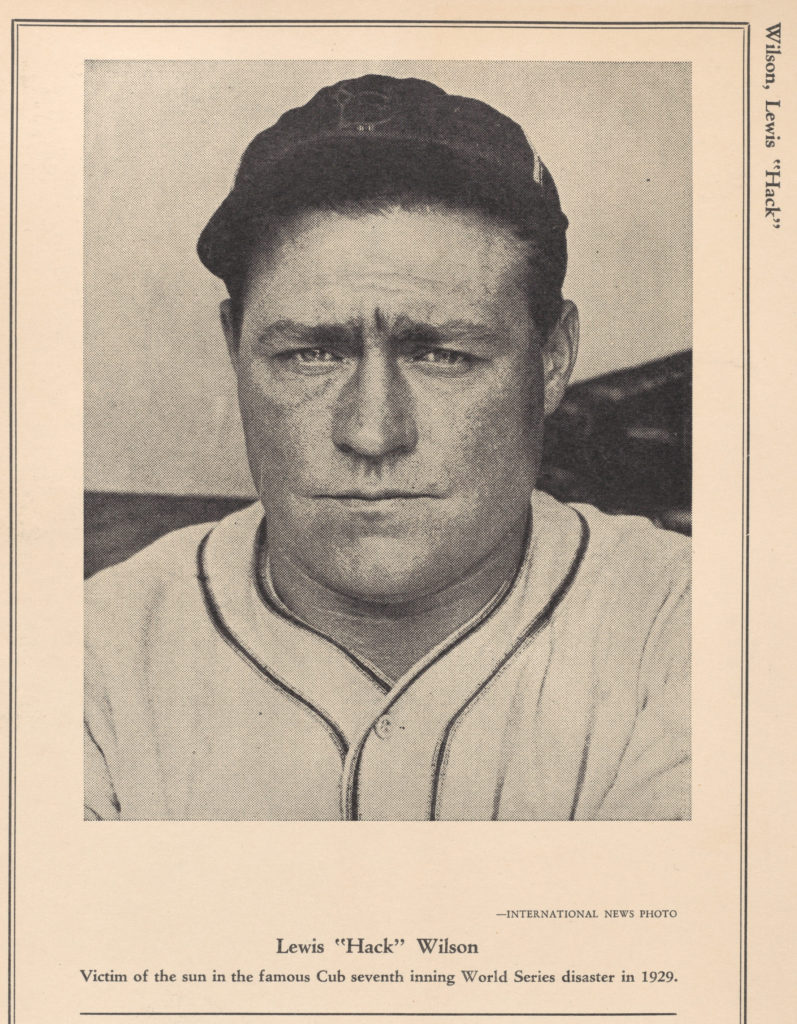
EARLY HISTORY & SETTLEMENT
Another 8 markers will recognize individuals, places, and events in the early history of Pennsylvania, from Native American settlements to early European settlement and immigration.
- Battle of Edge Hill, Abington Township, Montgomery County: On December 7, 1777, it was the final major engagement prior to the Valley Forge encampment. Gen. Sir William Howe marched British and Hessian forces from Philadelphia to strike entrenched Continental troops on the surrounding Edge Hill Heights. The Continentals used “hit and run” tactics that deluded British officers into thinking they were retreating, causing Howe to withdraw his soldiers back to the city.
- Francis Daniel Pastorius (1651 – 1720), Philadelphia: A German born educator, lawyer, poet, and public official. He was the founder of Germantown, Pennsylvania, the first permanent German American settlement. In 1688 he drafted the first protest against slavery in America. He served in town office on several occasions.
- Major Andrew Gardner Happer (1839–1915), Washington, Washington County: Happer accompanied Gov. Andrew Gregg Curtin on Lincoln’s funeral train through Pennsylvania and served as a judge for the Fishing Creek Confederacy trial. He was a civic leader and businessman in Washington County.
- Mount Pleasant, Philadelphia: Mount Pleasant was built between 1762 – 1765 and is recognized as the highest representation of Georgian style architecture. The estate and its owner John Macphearson are strongly tied to the history of slavery in Pennsylvania and the northern American colonies. Macpherson purchased, enslaved and sold people in the slave trade and enslaved people at Mount Pleasant.
- Holy Trinity Roman Catholic Church, Philadelphia: Holy Trinity Catholic Church was the first parish church in the United States established specifically to serve a national group, and became the prototype of this movement to provide a parish that recognized native language and customs. It was built in 1789 to serve Philadelphia’s German Catholic community, which accounted for more than half the Catholic population of Philadelphia and PA.
- Sheep Rock Shelter Archaeological Site, Penn Township, Huntingdon County: Beneath Lake Raystown lies the Sheep Rock Shelter archaeological site. Excavations in the late 1960s by archaeologists from the Pennsylvania State University and Juniata College revealed evidence and artifacts representing one of the longest periods of successive and continuous Native American occupation. Evidence traces major changes in Native life from small mobile groups exploiting wild plants and animals for food and shelter to later farmers living in nearby villages and hamlets.
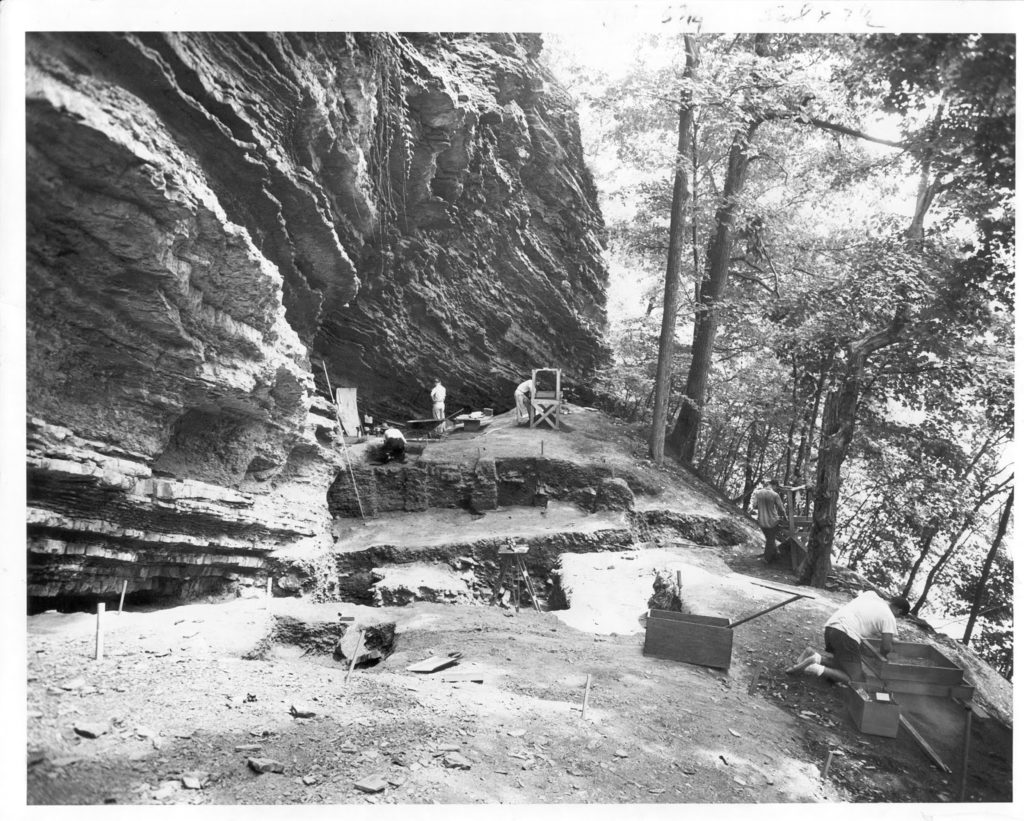
- Supreme Court of Pennsylvania: Created by William Penn in 1684 and operating independently since 1722, the Supreme Court of Pennsylvania is the highest court in Pennsylvania and the oldest appellate court in North America.
- The Highlands, Whitemarsh Township, Montgomery County: A late-Georgian style country estate commissioned by wealthy Quaker lawyer and politician Anthony Morris. The property was recently transferred from PHMC to a local organization.
EQUAL RIGHTS
This year, 11 new markers will recognize people, places, and events that contributed to equal rights for African Americans, LGBTQ+ folks, and women in Pennsylvania’s history.
- 1971 Pittsburgh Pirates, Pittsburgh, Allegheny County: On September 1, 1971, the Pittsburgh Pirates defeated the Philadelphia Phillies 10-7 in Three Rivers Stadium. Pirates’ Manager Danny Murtaugh started nine African American and Latino players, marking the first time an all-minority lineup took the field in Major League Baseball history.
- Charles “Teenie” Harris (1908 – 1998), Pittsburgh, Allegheny County: Photojournalist who extensively chronicled Pittsburgh’s Black community and the jazz and cultural scene through his photography studio and four-decade career with the Pittsburgh Courier, one of the nation’s most influential Black newspapers.
- Caroline Burnhman Kilgore (1838–1909), Springfield Township, Delaware County: Kilgore was the first woman admitted to the bar in Pennsylvania. In 1883 she was the first woman to practice in a Pennsylvania court in the Orphans’ Courts and later became the fourth woman to practice before the U.S. Supreme Court. She fought for 16 years to become a licensed attorney in Pennsylvania and was an active suffragist.
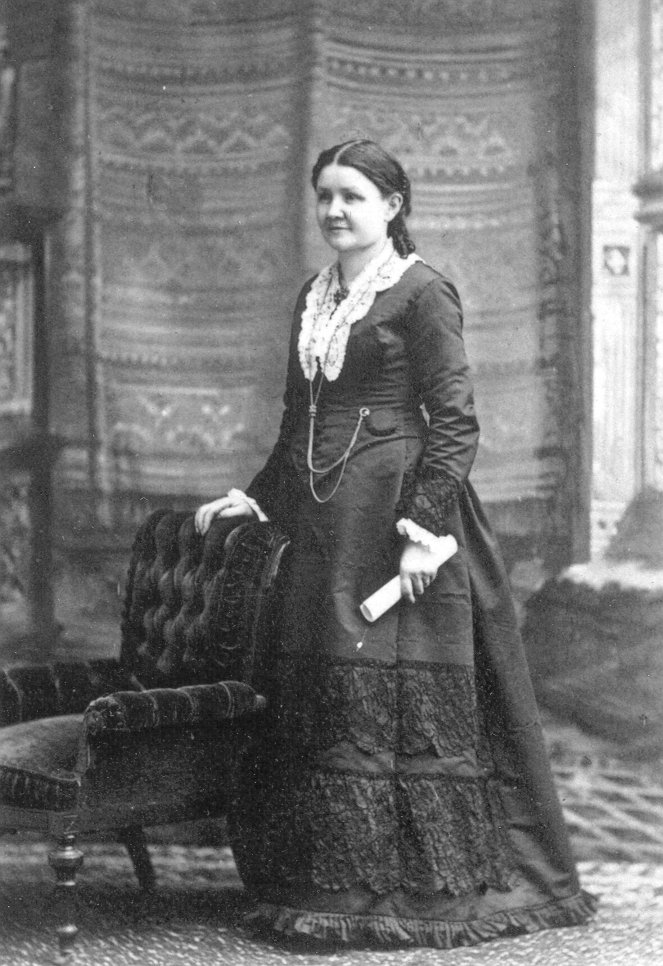
- Ford Station Underground Railroad, Erie, Erie County: Erie was a significant stopping point along the Underground Railroad for enslaved people escaping to Canada. Ford Station was unique in that it was operated by Erie’s first freedwoman, Emma Howell, and her husband James Ford, who had previously escaped enslavement. The station was established in 1811 and operated until 1836.
- Hakim’s Bookstore, Philadelphia: Founded in the 1950s, Hakim’s Bookstore was a center for Black activism, advocating the power of knowledge in the fight for racial justice. During the civil rights movement, people gathered here to access titles by Black authors and to form an alternative education center for the Black community.
- Keith Allen Haring (1958–1990), Kutztown, Berks County: Raised in Kutztown, Haring was an internationally recognized artist known for his contributions to Pop art as well as his socially engaged works that addressed the AIDS epidemic and public health, racism, homophobia and environmentalism. He believed in the power of art to promote inclusivity, address social issues, and promote a healthy democracy.

- Local 8, Industrial Workers of the World, Philadelphia: From 1913 to 1923, Local 8 of the Industrial Workers of the World (IWW) represented dockworkers in Philadelphia’s bustling port. Led by Philadelphia-born Ben Fletcher, Local 8 was among the country’s most powerful, Black-led, multiracial organizations, whose membership included African Americans, Irish Americans, and European immigrants. Local 8 fought for racial and ethnic equality on the docks and better working conditions, doubled workers’ pay, and ended the “shape-up” as a hiring process on the dock.
- Rosedale Banishment, Johnstown, Cambria County: In 1923 Johnstown mayor Joseph Cauffiel banished 2,000 African Americans and Mexicans who had lived in the city for less than seven years after a Black man killed four police officers. They were forced out at gunpoint and threat of imprisonment. It became an international scandal, forcing Gov. Gifford Pinchot to launch an investigation. The event was part of similar deportations occurring in other cities during the Great Migration period.
- Sisters of St. Joseph of Baden, Baden Borough, Beaver County: Founded in Ebensburg in 1869, the congregation relocated their motherhouse to Baden in 1901. Known for their efforts in human relations and civics education, they became the first western Pennsylvania Catholic sisters to minister in a foreign country—China in 1926. The sisters have served in education, healthcare, social service, social justice and other ministries in Pennsylvania, 32 other states, and five other nations.
- The Trial of Hester Vaughn, Philadelphia: The case of Hester Vaughn set a legal precedent in allowing women a right to a jury of one’s peers, and foreshadowing suffrage and a woman’s right to fully participate in the justice system. Hester Vaugh, accused of infanticide, was sentenced by an all-male jury but later released after the efforts of Susan B. Anthony and the Workingwoman’s Association.
- Women of Idenlea, Lower Merion Township, Montgomery County: Pennsylvania’s first woman physician Dr. Hannah E. Longshore (1819-1901), her sister and successful early woman physician Dr. Jane V. Myers (1831-1918), and her daughter, prominent women’s advocate Lucretia Mott Longshore Blankenburg (1845-1937) lived at the Idenlea estate. These women were most notable for their leadership in advancing the causes of women’s rights and suffrage, women in medicine, abolition of slavery, and civic and municipal reform in Philadelphia.
INNOVATIONS & INVENTIONS
Pennsylvania has long been a center of innovation and invention. Eleven (11) new markers will recognize the achievements and inventions in the fields of medicine, law, food service, commercialism, industry, and safety.
- Allentown State Hospital (1912–2010), Allentown, Lehigh County: Pennsylvania’s first state hospital to treat mental illness through homeopathy. Dr. Solomon C. Fuller, among the first African American psychiatrists, served as a consulting pathologist at the hospital. In 1930 the Children’s Institute, one of the first of its kind, opened under the direction of Dr. Henry Klopp. In 1999 ASH became the first state hospital to end the use of patient seclusion, gaining international importance for its Psychiatric Emergency Response Teams.
- Dr. Chevalier Jackson (1865-1958), Schwenksville Borough, Montgomery County: Chevalier Jackson was born in Pittsburgh in 1865 and graduated from Jefferson Medical College in 1886. Over his career he became an expert in laryngology, bronchology, and the removal of accidentally swallowed objects, saving thousands of lives through his innovative procedures. He lobbied Congress to pass the Federal Caustic Poison Act of 1927, requiring warning labels for poisonous products.
- Dr. Hillary Koprowski (1916 -2013), Philadelphia: Polish American virologist, immunologist, and director of the Wistar Institute in Philadelphia 1957-1991. A pioneer in the use of monoclonal antibodies, Koprowski developed the rabies vaccine and an early polio vaccine. His work is recognized by the US National Institutes of Health, domestic and foreign medical organizations.
- Edward Piszek (1916-2004), Philadelphia: Piszek, founder of Mrs. Paul’s Kitchens, was a pioneer businessman and innovator in producing and marketing frozen “heat-and-eat” convenience seafoods. A strong advocate of Polish American heritage, his philanthropic efforts supported the Tadeusz Kościuszko National Memorial and a major anti-tuberculosis campaign in Poland in the late 1960s.
- Haines Shoe House, Hellam Township, York County: The Shoe House was built in 1948 along the iconic Lincoln Highway, the nation’s first improved road for automobiles from New York City to San Francisco. The building is an exceptional example of programmatic architecture and was designed by York architect Frederick Rempp. The shoe-shaped structure was built by self-made millionaire Mahlon N. Haines, the “Shoe Wizard,” to advertise his shoe business in York.
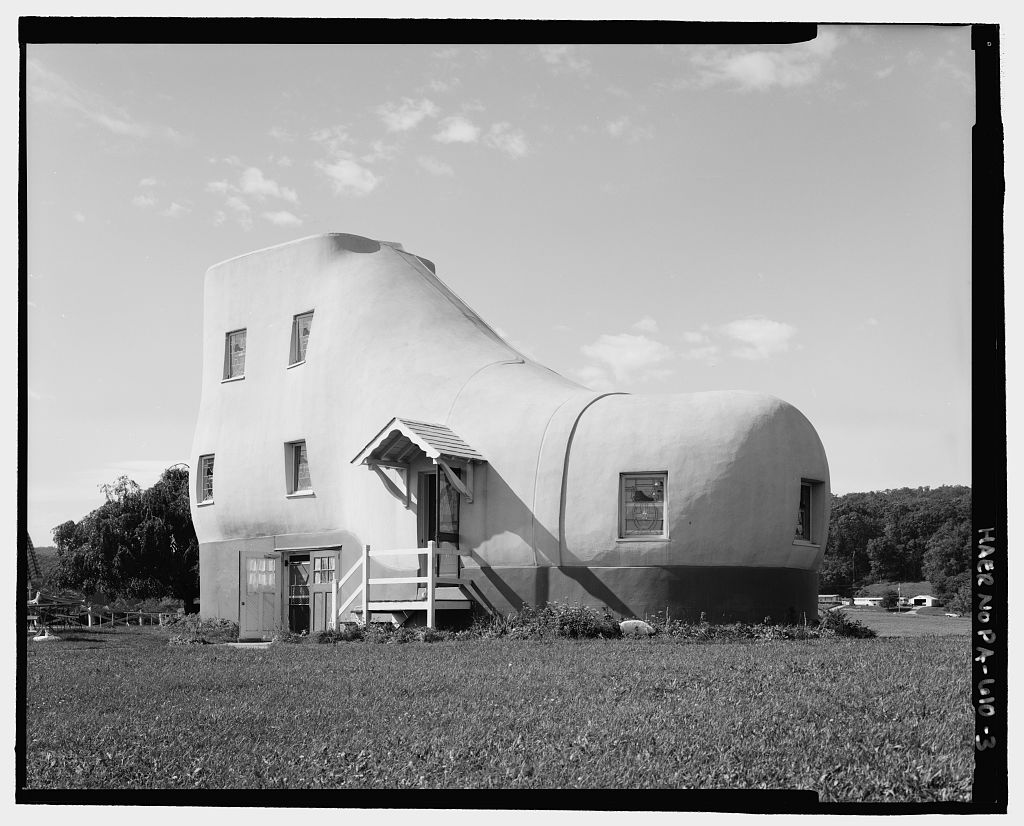
- John G. Johnson, esq. (1841-1917), Philadelphia: Hailed as “America’s Greatest Lawyer,” Johnson practiced law from 1862-1884 and represented US Steel, Standard Oil, DuPont, JP Morgan, and other corporations. He donated his personal art collection to the City of Philadelphia, which became one of the founding collections for the Philadelphia Museum of Art.
- Marshalls Creek Explosion, Middle Smithfield Township, Monroe County: On June 26, 1964, the Marshalls Creek Fire Company responded to a tractor-trailer fire, which exploded shortly after their arrival, killing six people, including three firefighters, and injuring 13. It was later discovered that the trailer contained explosives and had no identifying placards. This incident contributed to the enactment of the Transportation Safety Act of 1974 and stricter regulations regarding the transport of hazardous materials.
- PA Logging Railroad, Heath Township, Jefferson County: One of the earliest logging locomotive railroads in Pennsylvania, it was built by the Wright & Pier Company in 1864 on the west branch of Callen Run in Jefferson County. This and other major innovations in early logging railroads significantly contributed to the expansion of the timber industry across the commonwealth.
- Piper Aircraft, Lock Haven, Clinton County: William T. Piper Sr. moved his light airplane company from Bradford to Lock Haven in 1937. J-3 Cubs, Piper’s most recognizable and popular planes, were constructed here. Thousands of L-4 Grasshoppers, modified Cubs, served with distinction in Europe and Asia during the Second World War. At its peak, Piper employed more than 2,000 people and accounted for almost 50 percent of Clinton County’s economic output. The Lock Haven plant closed in 1984.
- President Pumping Engine (1872–1900), Upper Saucon Township, Lehigh County: The massive engine attracted worldwide interest as the largest and most powerful single-cylinder rotative steam engine ever constructed. Said to be named for President Ulysses. S. Grant, the engine lowered the water level in the Friedensville zinc mines so that mining could continue. Lehigh Zinc Company’s Cornish-born engineer, John West, designed the engine and pumps, which were manufactured in Philadelphia foundries.
- Samuel V. Merrick (1801 – 1870), Philadelphia: Samuel Merrick was a notable industrialist in the early years of the Industrial Revolution. He built the Southwark Foundry in Philadelphia, co-founded the Franklin Institute, and was the first president of the Pennsylvania Railroad 1847-1849.
Keep an eye on PHMC’s Marker Dedication Calendar later this year for dedication events for these and other markers!
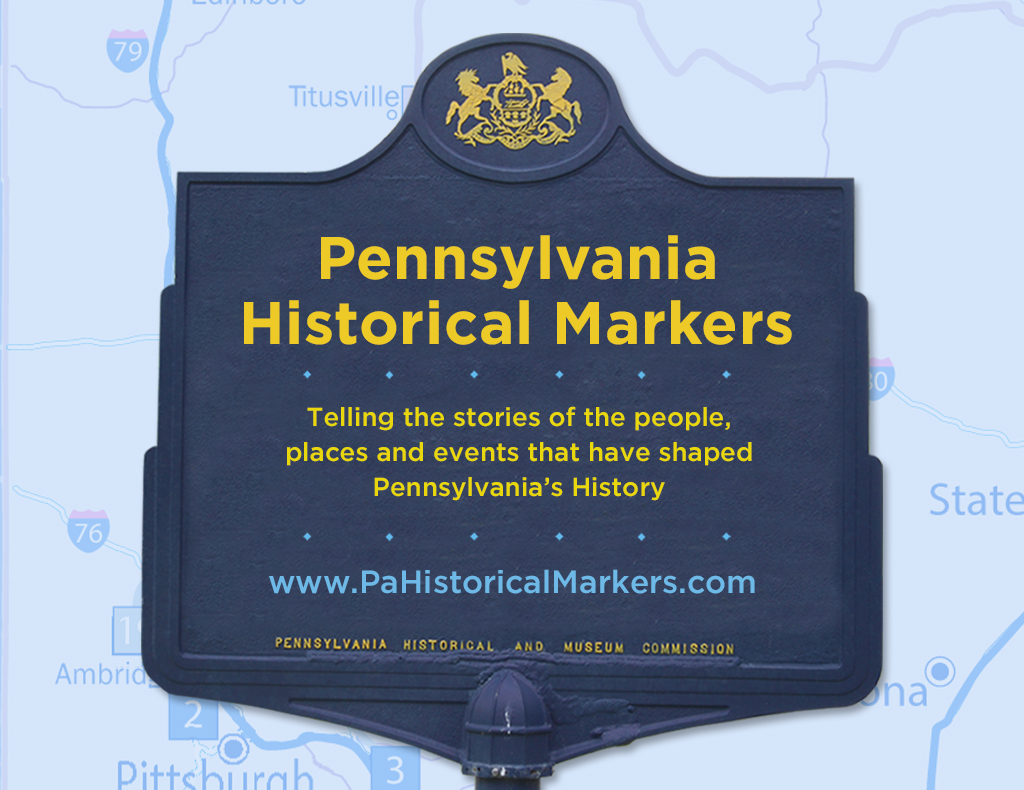
Leave a Reply